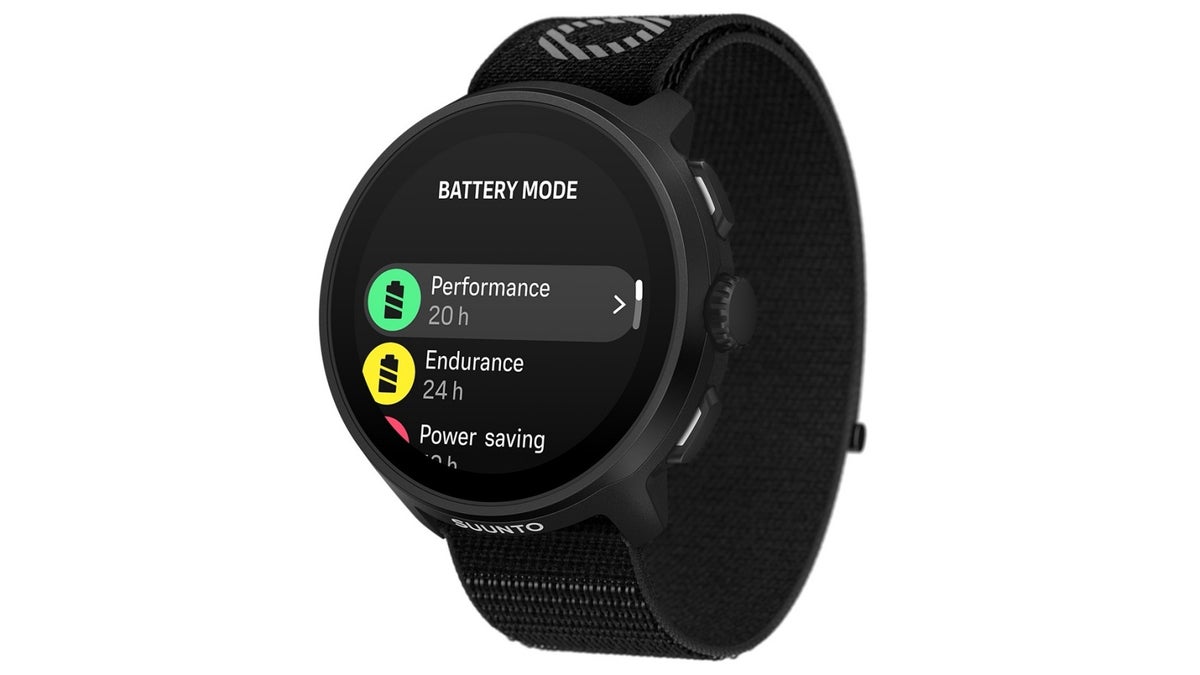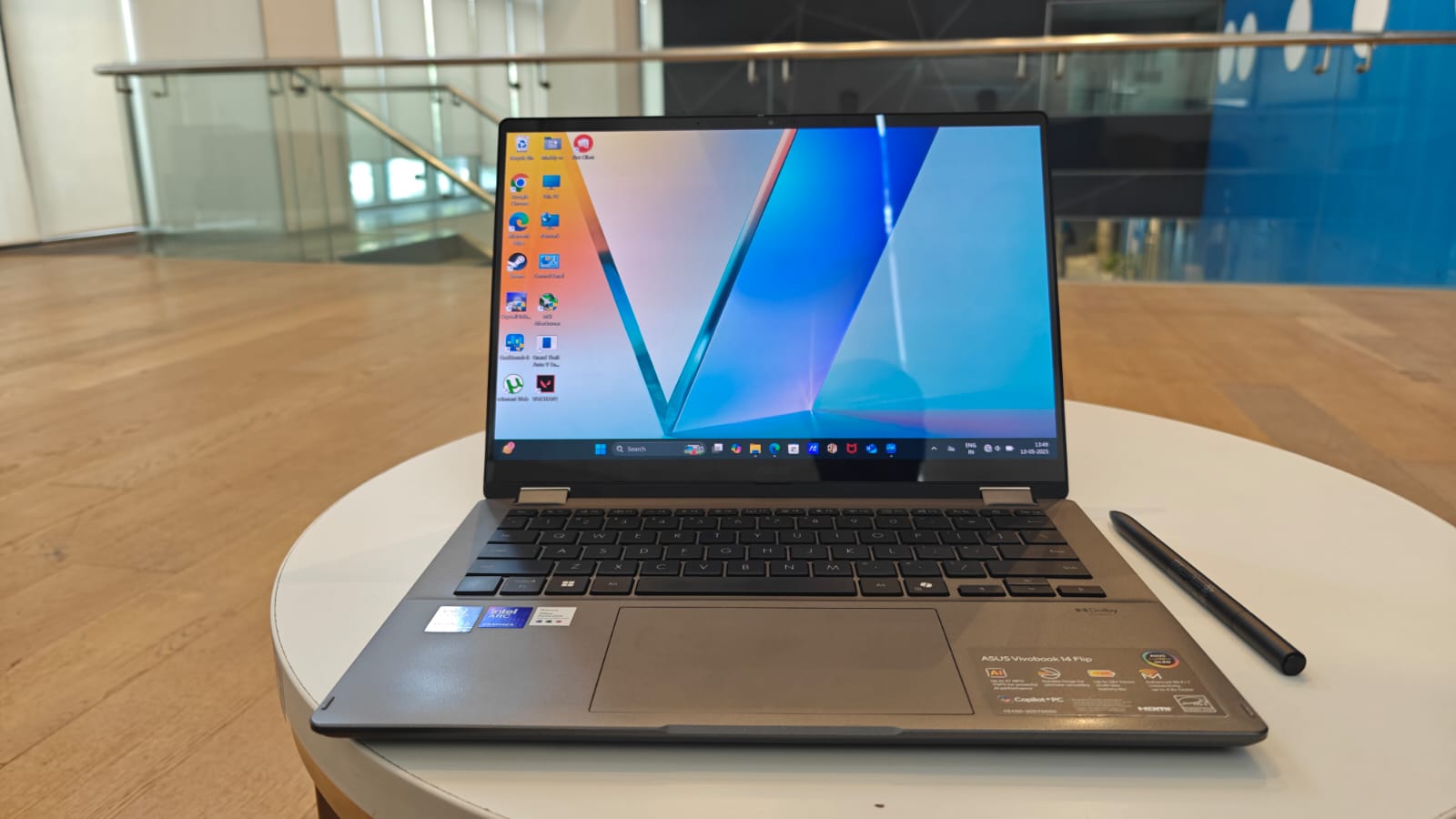Those are excellent figures (yes, even 20 hours) for a device with a large and decidedly high-quality 1.32-inch AMOLED touchscreen with 466 x 466 pixel resolution in tow, especially when you also take the continuous heart rate monitoring technology, blood oxygen sensor, sleep tracking, and altimeter into consideration.
Of course, the key selling points are all the “run-specific features” included (which are pretty serious energy drainers too), the most useful of which will keep an eye on your training stress levels, post-exercise heart rate, training load, and training recovery. The main idea is to take your performance to the next level without destroying your body, which is more or less what the best Garmin smartwatches available today can also do with similar functionalities and proprietary technologies.
But the Suunto Run is priced at 450… Australian dollars, which might sound like a lot until you realize that only means $288 in US currency. Unfortunately, the new sports watch doesn’t have an official US release date or price tag attached to its name, but with the Suunto Race S normally available for $350, there’s definitely a good chance the Suunto Run will cost $300 or even $250 stateside when it inevitably reaches these shores.
$300, mind you, is what the Garmin Vivoactive 6 costs… with a smaller and lower-quality AMOLED display and a comparable 11-day battery life rating.










